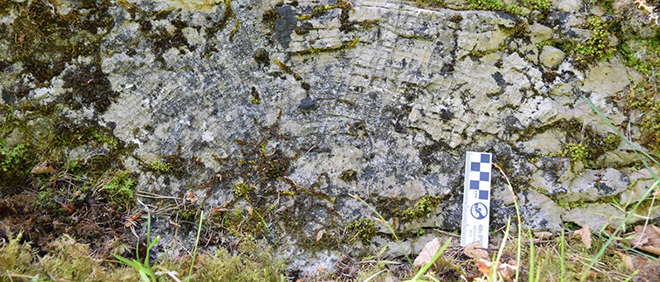Tropics became the center of biodiversification 465 million years ago

The global Great Biodiversification Event took place mainly within the tropics as the seas cooled down after the hothouse of the Early Ordovician period.
One of the major features of our present world is its predominance of tropical diversity with coral reefs in the oceans and rainforests on land. The lush tropics contrast with less diverse polar landscapes and Arctic and Antarctic oceans. The causes of this pattern are not fully understood, but it becomes more and more clear that in the geological past this pattern did not always exist.
"This was particularly the case during the time of the Early Ordovician, 485–470 million years ago. At that time the peak diversity in the oceans was present somewhere between the 15–30° latitudes north and south. That is an area where today are the Bahamas and the South Chinese Sea. Strictly equatorial areas had relatively few or no modern type coral reefs," says Björn Kröger from the Finnish Museum of Natural History.
The Early Ordovician is considered to be a much hotter period than today. The approximate equatorial sea surface temperatures stretched between 35 and 40°C when tropical sea surface temperatures nowadays range between 27–32°.
Global cooling after the Early Ordovician at about 465 million years ago coincides with a dramatic global diversification, which is also known as Global Ordovician Biodiversification Event. This event is famous for being one of the main periods of explosion of life in Earth's geologic history.
Kröger's study shows that this diversification took place mainly within the tropics. "It seems that the Early Ordovician equatorial regions were too hot to sustain a diverse marine life and that global cooling was one of the main causes that led to the Global Ordovician Biodiversification Event.
The study is based on a large database of published fossil findings. More than 90.000 fossil occurrences from all over the world have been analyzed.
TiedeuutisetTiedoteLuonnontieteellinen museoGeologia ja paleontologia